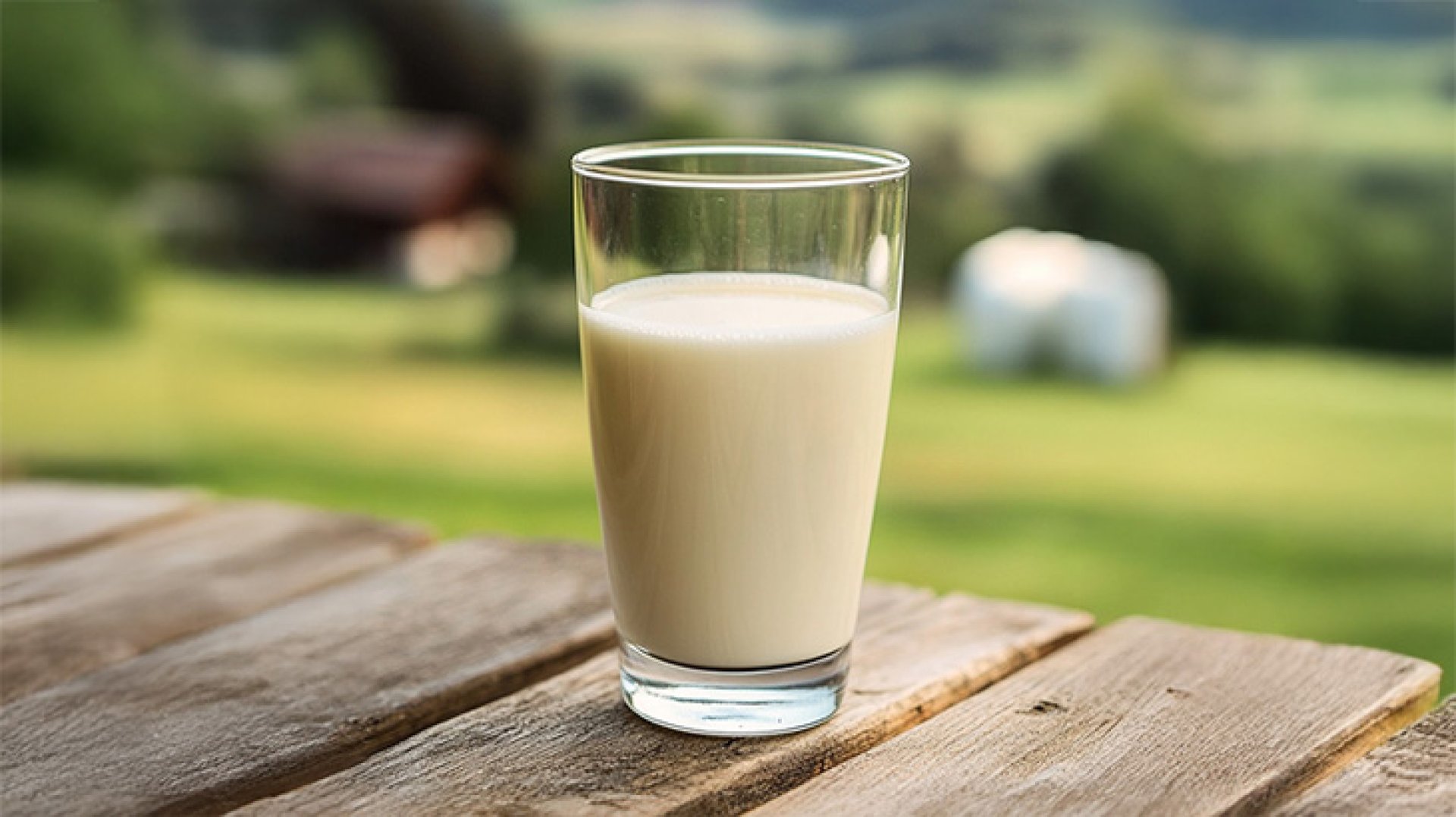Full-Fat vs. Low-Fat Dairy

A Long History of Milk Consumption
Humans have been drinking milk for thousands of years. Archaeological evidence shows that ancient civilizations in the Middle East and Europe raised animals for milk as early as prehistoric times. Traditionally, the milk consumed was full-fat, containing all the natural fat from the animal.
Full-Fat Milk Rich, Creamy, and Nutrient-Dense
Full-fat milk typically contains around 3.5% fat or more. Its rich taste and smooth texture make it a favorite for many. Its also higher in fat-soluble vitamins like A, D, E, and K, which support immune function, bone health, and nutrient absorption.
However, it is higher in calories, and may not be suitable for individuals on a low-calorie diet.
Low-Fat Milk A Modern Approach to Heart Health
Low-fat milk, developed during the mid-20th century, contains only 1-2% fat or less. It became popular following public health campaigns linking full-fat dairy to heart disease. While its lower in calories and fat, some varieties may include added sugar or thickeners to improve taste and texture.
Comparing Nutritional Benefits and Health Impact
- Calories: Full-fat milk is higher
- Vitamins: Full-fat retains more fat-soluble vitamins
- Satiety: Full-fat helps you feel fuller longer
- Weight control: Low-fat is better for calorie-restricted diets
Recent studies suggest that full-fat dairy might not harm heart health as once believed, and could even reduce the risk of diabetes and heart disease when consumed in moderation.
Which One Should You Choose?
Theres no one-size-fits-all answer.
If youre looking for nutritional density and satiety, go for full-fat.
If your goal is weight control or lower fat intake, low-fat may be the better choice.
Either way, milk remains a valuable source of nutrition.
Find both full-fat and low-fat dairy products at Rimping Supermarket


